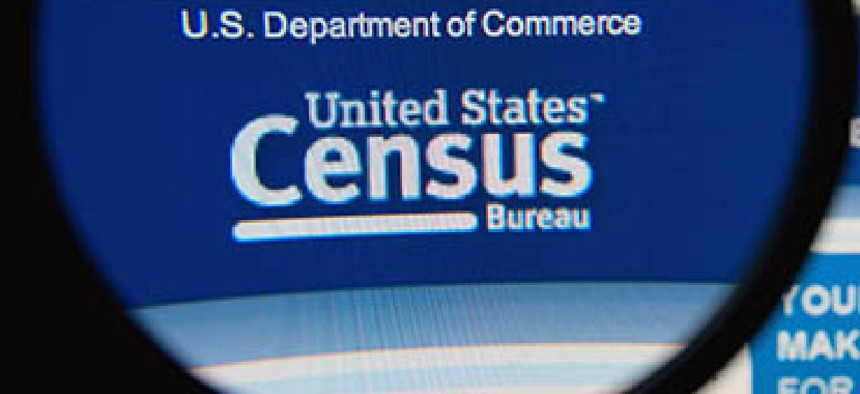Census IT tackling a very long to-do list for 2017

In 2017, the bureau plans to award three IT contracts, scale up its systems, and nail down its partnership with USPS and with state and local governments to shore up its address records, all in time for its August 2017 dress rehearsal start date.

With budget questions still unresolved, 2017 is a pivotal year for Census IT.
The bureau still faces risks as it plans to award three IT contracts, scale up its systems and nail down its partnership with the U.S. Postal Service and with state and local governments to shore up its address records -- all in time for its decennial census dress rehearsal to begin taking shape in August.
In Oct. 2016, Census called off its 2017 field tests due to the budget uncertainty created by the continuing resolution, under which the bureau is still operating. At Census's quarterly program management review on April 21, officials announced two new, but related, program risks.
The first is an increased workload for the address canvassing operation, which could lead to additional costs. The second is "implementing the innovative design as described in our original operational plan," said Deborah Stempowski, chief of the decennial census management division.
While these issues are new, Stempowski said the biggest risk to the disruption of a successful 2020 enumeration remains uncertain funding. Other high-impact risks include the reliance on administrative records and third-party data, the effect public doubts about Census's ability to safeguard response data may have on responses, and potential cybersecurity incidents.
On April 1, Census launched its 2017 test of its mailing and internet self-response systems, as well as its new Census Questionnaire Assistance, for about 80,000 housing units.
While that test is still ongoing, an early takeaway is that the CQA, which provides telephone, web chat and email support to respondents in seven languages, has held up through some 5,000 total phone calls, "with about 58 percent being handled by the customer service reps," said Alexa Jones-Puthoff of Census's decennial management division. In the actual decennial, Census expects CQA to handle 5.3 percent -- or 7.5 million -- of 2020 respondents.
Within three months of the close of the 2017 test, Census will have to begin preparations for its 2018 end-to-end tests, the true dress rehearsal to the decennial count.
Between later this spring and September, Census plans to award three IT contracts: one for all mobile devices and services through 2020; another for fingerprinting and badging operations through 2020; and a third for IT equipment, services and support for Census offices.
Associate Director for Decennial Census Programs Lisa Blumerman said all three contracts are "on schedule," and that she thinks Census will award the field IT contract "ahead of" the September target date.
Other key IT objectives include enhancing Census's new Intelligent Postal Tracking System, which was not deployed for the 2017 test, in advance of the dress rehearsal, as well as enhancing the scalability of its Census Enterprise Data Collection and Processing initiative to centralize data collection for all census activities.
Census also plans to nail down a memorandum of understanding, outlining the new collaborative structure for mailing and delivery, data products and workforce services between the bureau and USPS in May, said Greg Hanks of Census's geography division.
Additionally, to help respondents whose first language is not English, Census is targeting to support 10 non-English languages on its internet questionnaire for 2020. In 2016, Census tested questionnaire "instruments in Spanish, Chinese and Korean," said Assistant Chief of the Decennial Census Management Division Jennifer Kim. She added that "when the language support plan comes out later this year, we will roll out all of the languages on that list."
Another major change from the 2010 census is that the bureau plans to lean more heavily on address records from state and local governments to reduce the enumeration burden in 2020.
To make it easier to state and local governments to participate, Census is providing its digital address list in a more standard format so local partners can help fill in the "2.6 million un-geocoded records" that remain unconfirmed in Census's master address file, said Brian Timko, chief of 'the bureau's geography division. The registration will be sent out in July, and training is scheduled to begin in October.


